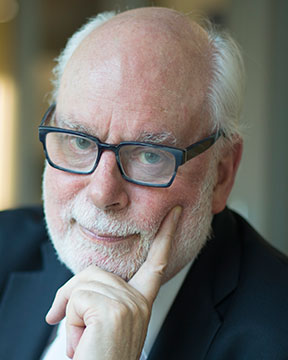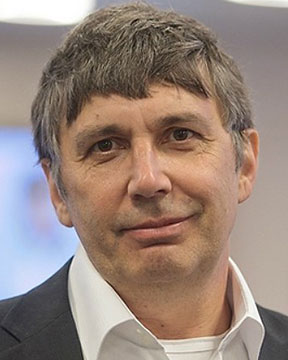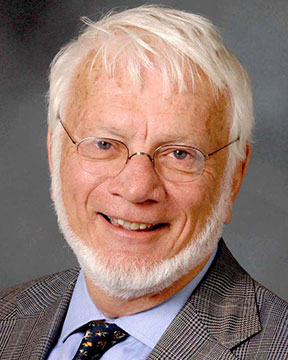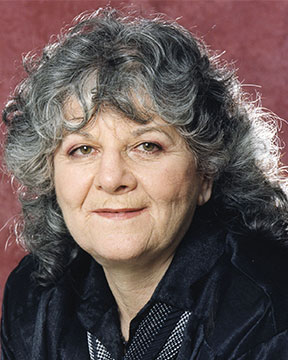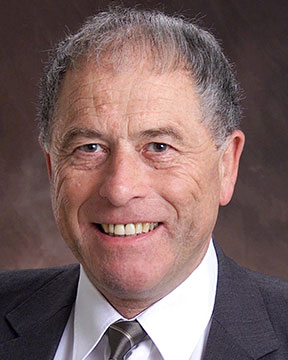Abstract:
The design of transition metal complexes with high emission quantum yields and other photophysical and chemical properties, optimized for particular applications, is a challenge. For organic light emitting devices (OLEDs), among other requirements, a short emission decay time is advantageous for reduction of saturation effects. On the contrary, for up-conversion, highly sensitive oxygen sensing and long-lived excited states of photocatalysis are preferred.
Structurally related silver complexes (1) Ag(dbp)(P2-nCB) [1,2] and (2) Ag(dmp)(dpep)PF6 [3], with dbp = 2,9-di-n-butyl-1,10-phenanthroline, P2-nCB = nido-carboranebis(diphenylphosphine), dmp = 2,9-dimethyl-1,10-phenanthroline, and dpep = bis[(2-diphenylphosphino)phenyl] ether, respectively, are strongly luminescent with the emission quantum yields (PLQY) at ambient temperatures, approaching 100 % for 1 and 50 % for 2. The excited state (radiative) lifetimes differ drastically. For complex 1, an unprecedentedly short time is measured for this kind of luminescent materials' emission decay time of 1.4 microseconds (at PLQY = 100 %). For complex 2, the decay time (at PLQY = 50 %) is as long as 0.11 s. The short-lived emission of complex 1 originates from the efficient thermally activated delayed fluorescence (TADF) process, whereas the long-lived emission of complex 2 represents phosphorescence.
The distinctly different photophysical properties of these structurally similar compounds demonstrate the high variability of the molecular electronic structures and emission mechanisms. Using these compounds as extreme case examples, general trends and "recipes" for engineering of luminescent materials for defined applications can be elucidated.
References:[1] M. Z. Shafikov, A. F. Suleymanova, R. Czerwieniec, H. Yersin, Chem. Mater. 29 (2017) 1708-1715.
[2] M. Z. Shafikov, A. F. Suleymanova, R. Czerwieniec, H. Yersin, Inorg. Chem. 56 (2017) 13274-13285.
[3] M. Z. Shafikov, A. F. Suleymanova, R. Czerwieniec, H. Yersin, Dalton Trans. 48 (2019) 2802-2806.
|



